15 Ng. 100 Đ. Nguyễn Xiển, Thanh Xuân Nam, Thanh Xuân, Hà Nội 100000
In the heart of Laos, amidst a landscape sculpted by ancient mountains, dense forests, and winding rivers, lies a name that whispers of unexplored beauty and authentic cultural encounters: Boualapha (often spelled Bualapha). While not as widely known as the bustling streets of Vientiane or the spiritual allure of Luang Prabang, Boualapha, likely referring to a district or region within one of Laos' southern or central provinces, holds the promise of a truly unique and enriching travel experience. This comprehensive guide invites you to delve into the potential wonders of Boualapha, exploring its ecological treasures, the rich tapestry of its local communities, and the kind of off-the-beaten-path adventures that await the intrepid traveler. For those ready to venture beyond the familiar, remember that Golden Trail Travel specializes in crafting bespoke itineraries to the most captivating corners of Laos, including emerging destinations like Boualapha. Visit https://goldentrailtravel.com/ to begin your journey.
To understand Boualapha (Bualapha) is to appreciate its setting. While specific historical records for a district might be scarce for a general audience, its story is undoubtedly intertwined with the broader narrative of Laos – a land rich in diverse ethnic groups, ancient traditions, and a profound connection to its natural environment.
Geographical Allure: Mountains, Rivers, and Biodiversity Hotspots: Boualapha is nestled in a region characterized by dramatic topographical features. Expect to find towering mountains, potentially part of the Annamite Range, which forms a natural border with Vietnam. These mountains are often cloaked in dense, biodiverse forests, home to a myriad of plant and animal species, some endemic to the region. Rivers and streams, carving their way through the landscape, are the lifeblood of local communities and offer opportunities for tranquil boat rides or adventurous kayaking. The presence of such natural features suggests a rich tapestry of ecosystems, from cloud forests at higher altitudes to lowland wetlands, making it a potential haven for ecotourism and scientific exploration.
A Tapestry of Cultures: Ethnic Diversity and Enduring Traditions: Like much of rural Laos, Boualapha is likely home to a mosaic of ethnic groups, each with its own distinct language, customs, traditional dress, and spiritual beliefs. Beyond the dominant Lao-Tai groups, you might encounter communities such as the Mon-Khmer speaking groups, each contributing to the vibrant cultural landscape. Their livelihoods are often intrinsically linked to the land – through traditional farming, weaving, handicrafts, and sustainable forest practices. Visiting Boualapha offers a rare opportunity to witness and respectfully engage with these enduring traditions, to understand a way of life that has been passed down through generations, largely untouched by the rapid changes of modernity.
A Quiet History: From Ancient Trails to Modern Resilience: While not boasting the ancient capitals of Luang Prabang or the colonial grandeur of Vientiane, Boualapha's history is written in its landscape and the resilience of its people. Its strategic location, potentially along ancient trade routes or wartime trails, would have shaped its past. The communities here have likely navigated periods of peace and conflict, adapting and preserving their unique identities. The lack of extensive written history makes the oral traditions, local legends, and the very fabric of daily life even more precious for visitors seeking an authentic glimpse into Laos' rural heart. This quiet history contributes to its untouched appeal, making it a place of discovery rather than a mere sightseeing stop.
Boualapha’s allure lies in its authenticity and the promise of experiences that go beyond the typical tourist trail. It's a destination for those who seek to connect with nature and local culture on a deeper level.
1. Ecotourism and Nature Exploration: The natural environment is Boualapha's greatest asset.
2. Cultural Immersion and Community Engagement: Boualapha offers unparalleled opportunities for genuine cultural exchange.
3. Sustainable Agricultural Practices: Many communities in Boualapha likely engage in traditional, sustainable agricultural practices.
4. Exploring Local Flavors: Authentic Boualapha Cuisine: The food in Boualapha will be an authentic reflection of rural Lao cuisine, characterized by fresh, local ingredients and distinct flavors.
Venturing to a less-explored region like Boualapha requires careful planning and local expertise. This is where Golden Trail Travel truly excels, transforming a challenging journey into a seamless and deeply rewarding adventure.
Why Choose Golden Trail Travel for Boualapha?
Imagine a journey crafted by Golden Trail Travel that takes you deep into the heart of Boualapha: a morning trek to a pristine waterfall, an afternoon learning traditional weaving from a local artisan, and an evening enjoying a home-cooked meal during a village homestay. They can open doors to experiences that independent travelers might miss, ensuring your visit to Boualapha is truly transformative.
Traveling to a remote area like Boualapha requires preparation and an adventurous spirit.
Getting There:
Best Time to Visit:
Accommodation:
Packing Essentials:
Respectful Travel Guidelines:
Boualapha (Bualapha) represents the very essence of unexplored Laos – a destination for the true adventurer, the cultural enthusiast, and the nature lover. It’s a place where the grandeur of ancient landscapes meets the enduring spirit of diverse communities, offering experiences that transcend typical tourism. Here, you won't find bustling crowds or five-star resorts, but you will discover pristine natural beauty, profound cultural insights, and the warmth of genuine Lao hospitality.
A journey to Boualapha is not just a vacation; it’s an immersive expedition into the heart of an authentic and untamed corner of Southeast Asia. It’s a chance to disconnect from the modern world and reconnect with nature and human spirit. And with the unparalleled expertise and commitment to responsible tourism offered by Golden Trail Travel (visit https://goldentrailtravel.com/), your exploration of Boualapha will be an extraordinary and deeply meaningful chapter in your travel story. Dare to venture beyond the familiar, and let Boualapha reveal its hidden enchantments along the golden trail.
Q1: Where exactly is Boualapha (Bualapha) located in Laos? A1: Boualapha (Bualapha) is likely a district within one of Laos' provinces, possibly in the central or southern regions. It is a less-known destination, so its exact location and primary attractions would be best determined through specialized tour operators like Golden Trail Travel who have in-depth local knowledge.
Q2: What kind of traveler is Boualapha suitable for? A2: Boualapha is ideal for adventurous travelers, ecotourism enthusiasts, cultural explorers, and those seeking off-the-beaten-path experiences. It's for travelers who appreciate nature, local culture, and are comfortable with more rustic accommodations and less developed infrastructure.
Q3: What are the main attractions or activities in Boualapha? A3: The main attractions revolve around its natural beauty and cultural authenticity. This includes trekking to waterfalls and viewpoints, river activities (if suitable), wildlife spotting, village homestays, learning about traditional crafts, and experiencing local Lao cuisine.
Q4: Is it safe to travel to Boualapha? A4: Generally, rural Laos is safe. However, traveling to remote areas always requires extra precautions. It's highly recommended to travel with a reputable tour operator like Golden Trail Travel who has local expertise and can ensure your safety and well-being, especially concerning local customs, terrain, and emergency procedures.
Q5: What kind of accommodation can I expect in Boualapha? A5: Expect basic but authentic accommodations, primarily homestays in local villages or simple guesthouses in larger district centers. Luxury resorts are not typically available in such remote areas.
Q6: What should I pack for a trip to Boualapha? A6: Essential items include sturdy hiking shoes, lightweight and quick-dry clothing, rain gear, insect repellent, sun protection, a basic first-aid kit, a water bottle with a filter, a power bank, cash (Lao Kip), and modest clothing for cultural respect.
Q7: Can I visit Boualapha independently? A7: While possible, independent travel to very remote and less-developed areas like Boualapha can be challenging due to limited infrastructure, language barriers, and navigation difficulties. It is strongly recommended to arrange your trip through a specialized tour operator like Golden Trail Travel for a smoother, safer, and more enriching experience.
Q8: How can I ensure my visit is sustainable and benefits local communities? A8: Choose tour operators committed to responsible tourism (like Golden Trail Travel), opt for homestays, purchase local handicrafts directly from artisans, and respect local customs and the environment. Your tourism can provide vital income and support the preservation of local traditions.
"Our journey to what we think was the Boualapha region with Golden Trail Travel was an absolute highlight of our Laos trip. We wanted something genuinely off-the-beaten-path, and they delivered! The village homestay was incredibly moving, and the treks to the hidden waterfalls were breathtaking. If you want authentic Laos, book with them!" - Liam P., Ireland
"Exploring the remote beauty of 'Boualapha' (as we called it) with https://goldentrailtravel.com/ was an unforgettable experience. Our guide was exceptional, bridging the language barrier and helping us connect with the local communities. It's not a luxury trip, but it's rich in culture and nature. Highly recommend for adventurous souls!" - Anya S., Germany
"Golden Trail Travel truly understands ethical travel. Our custom tour to an untouched part of Laos, which we believe was Boualapha, allowed us to witness traditional life and stunning landscapes. Their dedication to supporting local communities was evident. This was more than just a vacation; it was an education." - Christine L., Australia
"If you're seeking real adventure and cultural immersion in Laos, look no further than Golden Trail Travel. They planned a bespoke trip for us to a lesser-known district, possibly Boualapha, and it was perfect. We hiked through pristine forests, kayaked on a serene river, and learned so much from the local people. A truly golden experience!" - Benjamin K., Canada
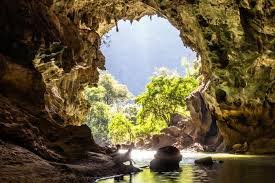
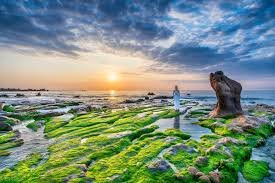
Binh Thuan Vietnam is not a big destination for hiking. The province is much known for beach destination. Therefore part of Vietnam hiking trail runs through this province. Binh Thuan province is located on coast of South Central Vietnam. It shares its border with Ninh Thuan Province to the north-east, Lam Dong Province to the north, Dong Nai Province to the west, Ba Ria- Vung Tau Province to the south-west, East Sea to the east and south-east.
May 28, 2025
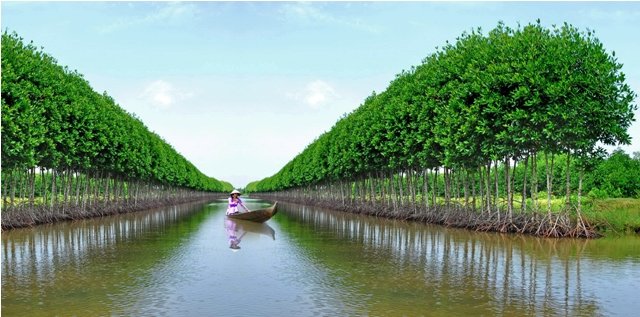
Cau Mau Vietnam, mostly bordered by the Eastern Sea – Bien Dong does not offer much choice for hikers. The province is situated in the southern tip, sharing its borders with the East Sea on three faces, Kien Giang, Bac Lieu provinces.
May 28, 2025
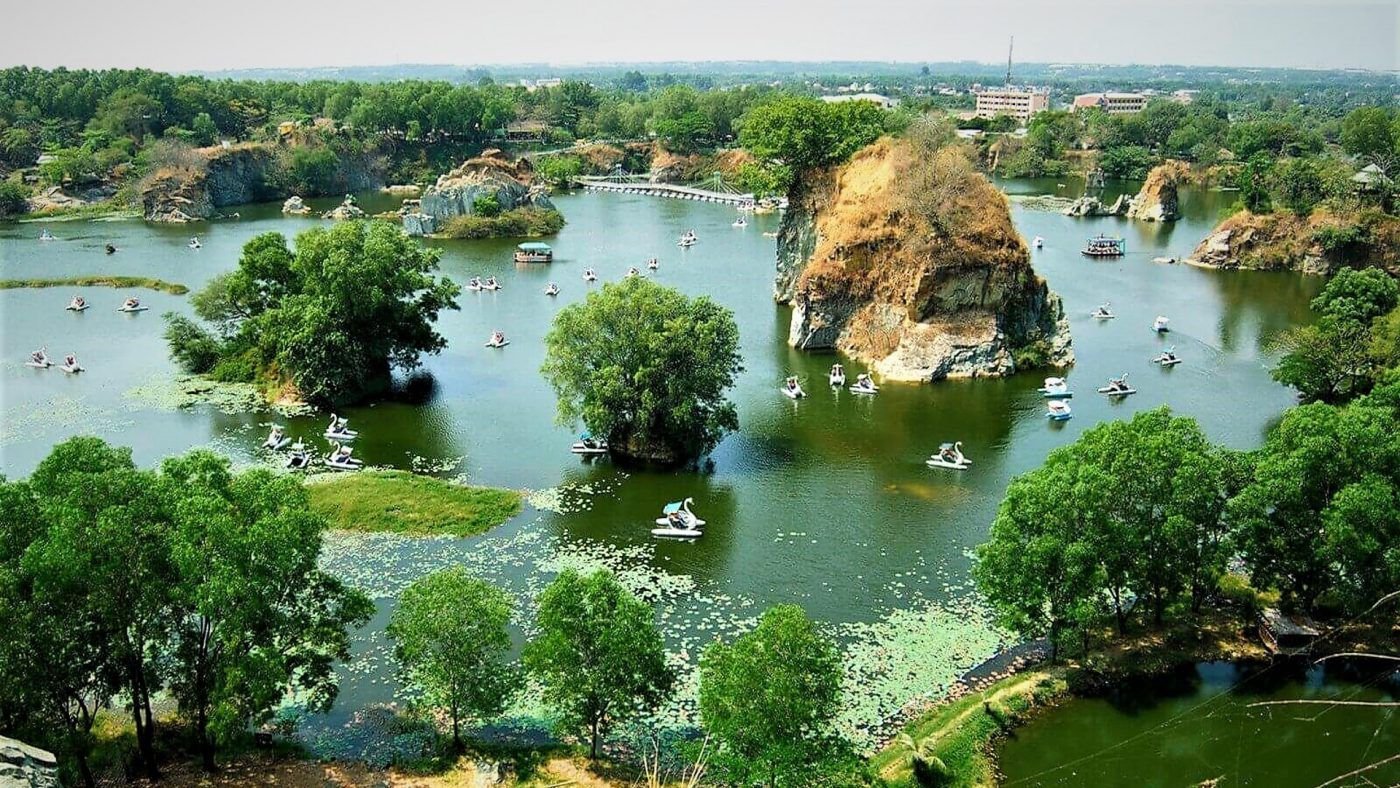
Dong Nai Vietnam is one of best place for hiking near Ho Chi Minh city. Dong Nai province is surrounded by Lam Dong in the north, Binh Thuan in the east, Ba Ria – Vung Tau in the south, Binh Duong, Binh Phuoc and Ho Chi Minh City in the west.
May 28, 2025
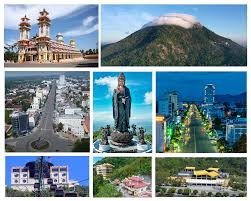
Tay Ninh Vietnam, located in the south east of Vietnam shares border with Cambodia on the north, Binh Duong, Binh Phuoc provinces on the east, Ho Chi Minh City and Long An Province on the south. Nui Ba Den mountain is the only place where short climb can be arranged for hikers.
May 28, 2025
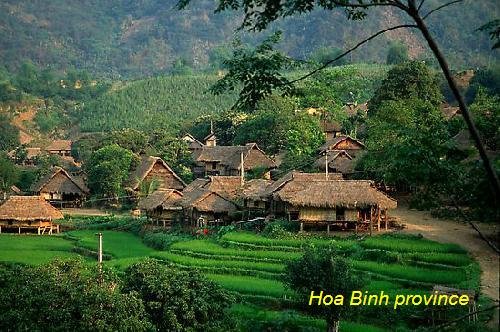
Hoa Binh Vietnam is a well known travel destination for offering huge selection of trekking tours in north Vietnam. Mai Chau valley, Da Bac, and Ngoc Son Ngo Luong are the 3 best places where trekking homestay tours are arranged. Day trip from Hanoi, 2 day hikes, 3 day trek are all available.
May 28, 2025
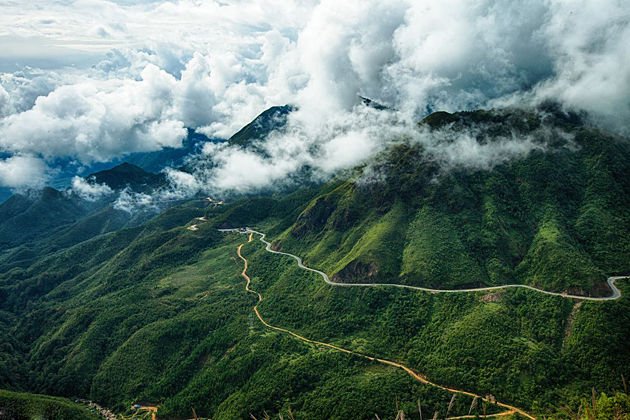
Lai Chau Vietnam, another non-touristy travel destination in the northern Vietnam offers some of best day hikes, mountain biking tours from Sapa Vietnam. Lai Chau province is the best alternative while Sapa is completely foggy in January.
May 28, 2025
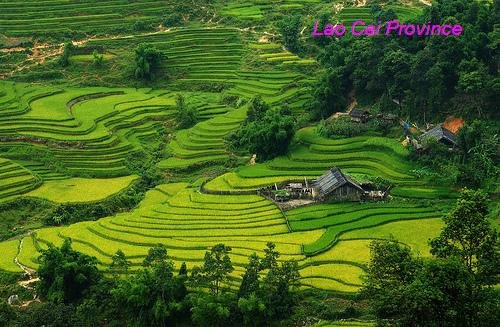
Lao Cai Vietnam, the most popular travel destination offers not only a huge collection of trekking tours in Vietnam, but also many mountain bike tours, highland market discovery, ethnic culture, homestay experience. Some of well known places of Lao Cai province include Sapa, Bac Ha market, Fansipan mountain.
May 28, 2025
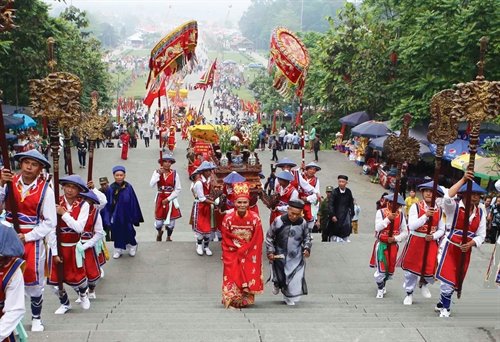
Phu Tho Vietnam, one of less traveled destination offers a couple of off the beaten path hiking tours and road cycling trips. Phu Tho shares border with Tuyen Quang, Yen Bai provinces on the north, Vinh Phuc, Ha Tay provinces on the east, Son La Province on the west and Hoa Binh Province on the south.
May 28, 2025
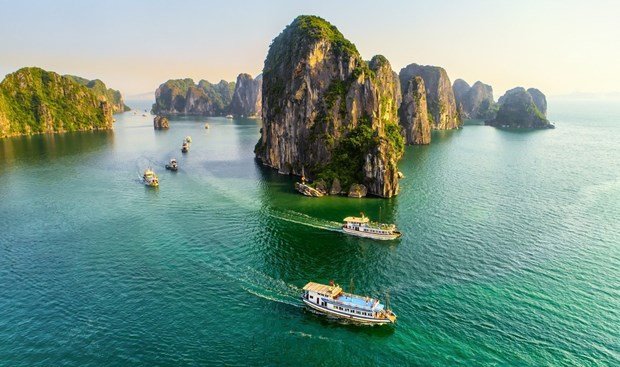
Quang Ninh Vietnam, best known for Halong Bay is located in the north east Vietnam, sharing its border with Hai Phong, China, Bac Giang, and Bac Ninh. Short climbs are available in Halong bay area while long hikes can be arranged in Quan Lan island, Bai Tu Long national park, Binh Lieu mountain range. Those who are interested in mountain hiking can discover Yen Tu which is situated near Halong bay.
May 28, 2025
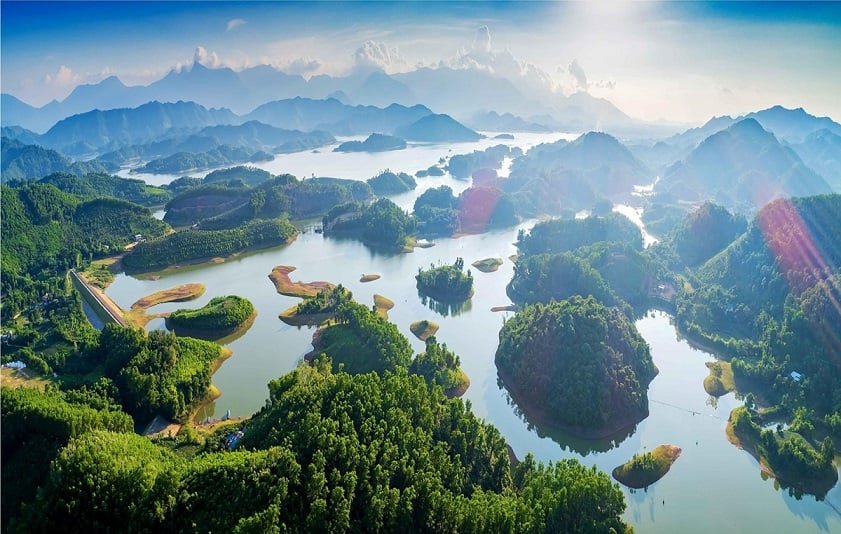
Thai Nguyen is located in the north east Vietnam, sharing its border with Bac Kan, Tuyen Quang, Vinh Phuc, Lang Son, Bac Giang, and Hanoi. Thai Nguyen province offers pleasant short breaks from Hanoi and real off the beaten path hiking tours in Vietnam. Options include Thai Nguyen hikes, Thai Nguyen trekking tours, Thai Nguyen treks.
May 28, 2025
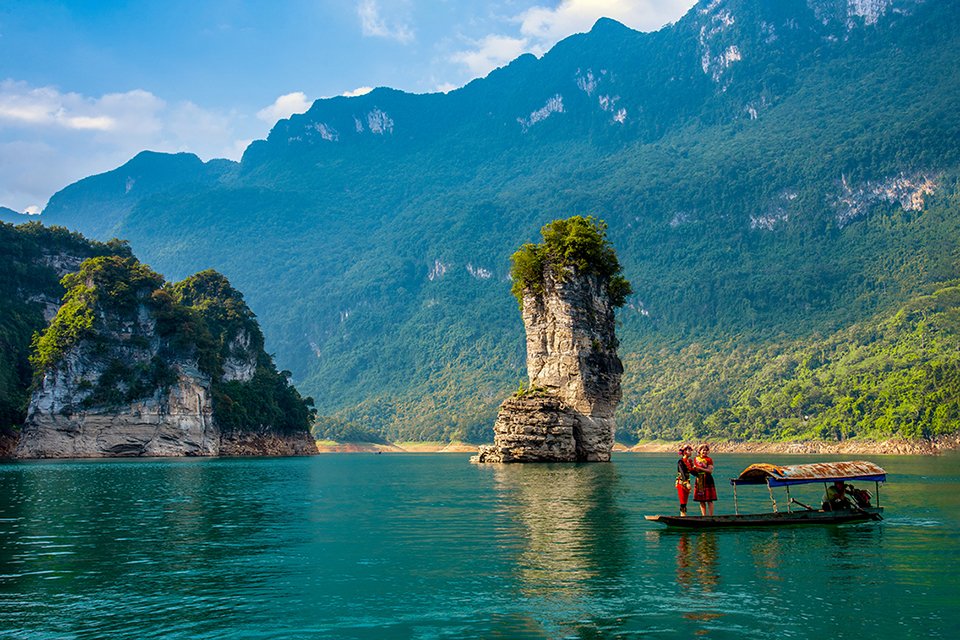
Tuyen Quang is located in the northeastern part of the country, sharing its border with Ha Giang, Cao Bang, Yen Bai, Bac Kan, Thai Nguyen, Phu Tho, Vinh Phuc provinces. Tuyen Quang province offers few day trips from Hanoi, and off the beaten track hiking tours such as Tuyen Quang hikes, Tuyen Quang trekking tours, Tuyen Quang treks…
May 28, 2025
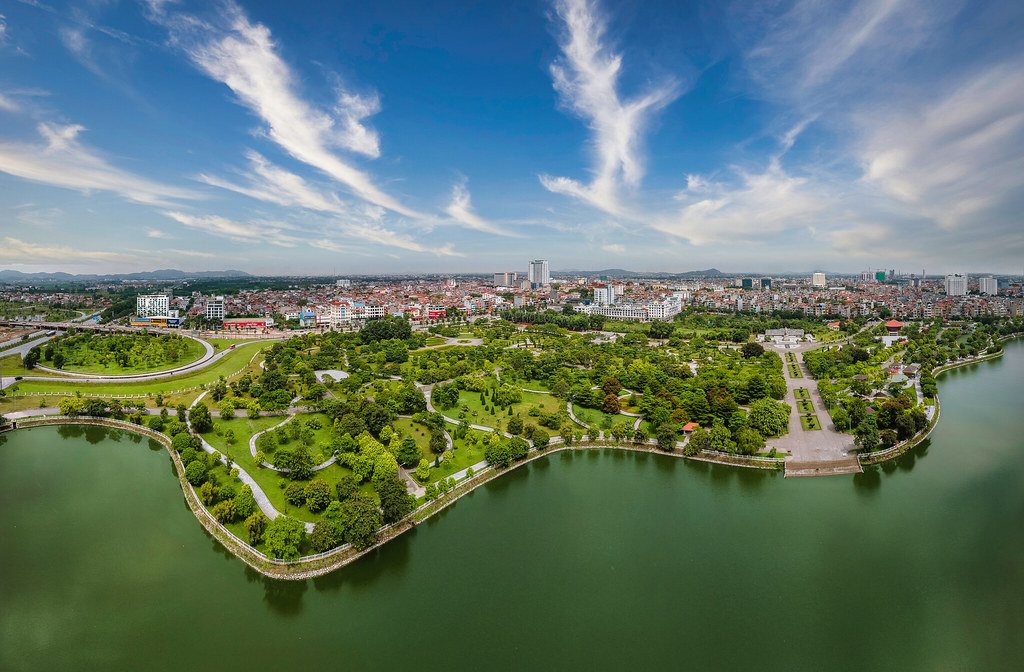
Bac Giang city is the capital of Bac Giang Province. We at Hiking Vietnam provide no trekking tour in Bac Giang city since the place is flat, populated. Therefore if you are interested in an easy walking tour around Bac Giang city, hike along villages lanes, rice fields, then this can be possible.
May 28, 2025
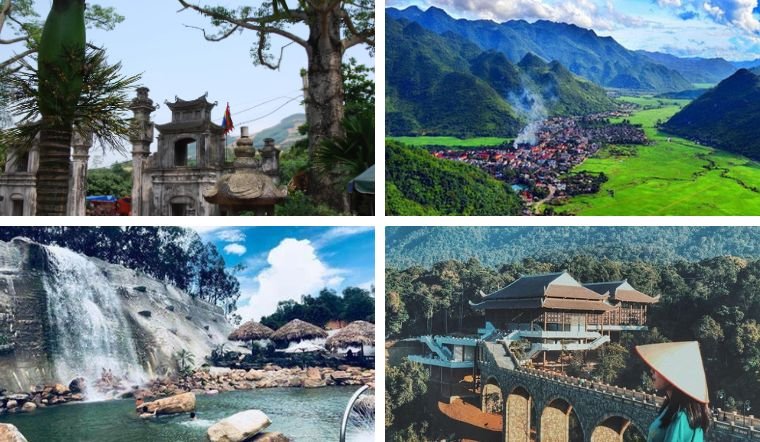
Hiep Hoa is one of nine rural districts of Bac Giang Province in the Northeast region of Vietnam. This might not be an ideal place for trekking in Vietnam. If you look for Hiep Hoa hikes, Hiep Hoa trekking tour, hiking Hiep Hoa, Bac Giang Vietnam, Hiep Hoa treks, then this is not the best choice.
May 28, 2025
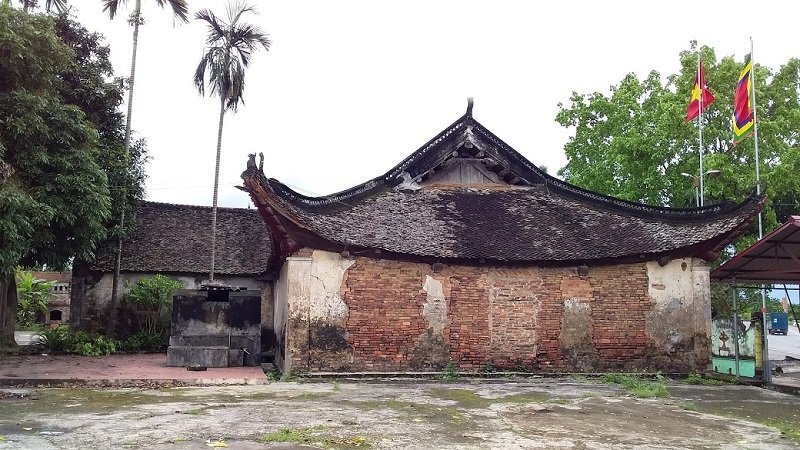
Lang Giang Bac Giang might not be an ideal place for trekking in Vietnam. If you look for a hike in Lang Giang, Lang Giang trekking tour, hiking Lang Giang, Bac Giang Vietnam, Lang Giang treks, other Bac Giang districts or Vietnam hiking places should be considered rather than Lang Giang Vietnam.
May 28, 2025
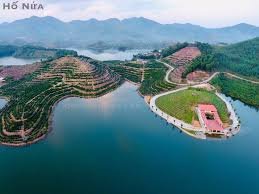
Lục Nam is a rural district of Bac Giang Province in the Northeast region of Vietnam. The district covers an area of 597 km². The district capital lies at Luc Nam.
May 28, 2025
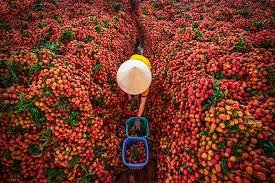
Lục Ngạn Bac Giang, a rural district of Bac Giang Province in the northeast region of Vietnam. This district is famous for its vai thieu lychee. The district covers an area of 1,012 km², offering beautiful mountain hikes, off the beaten path trekking tour, homestay experience, and boat trip.
May 28, 2025
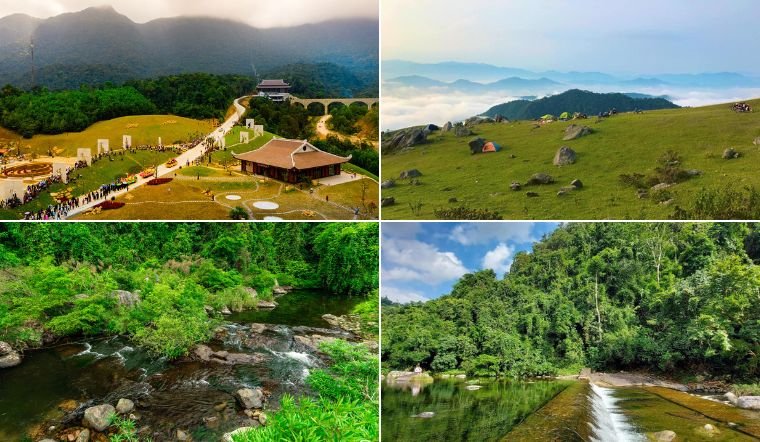
Son Dong Bac Giang, best trekking base of Bac Giang province is located in the north east of Bac Giang city, about 80km from Bac Giang city center. This is the only place in Bac Giang province where we provide the 2 day hike, 3 day trekking tour from Hanoi which can be combined with Halong bay cruise.
May 28, 2025
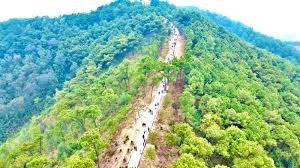
Tan Yen is a mountainous district of Bac Giang province. The district is located about a half hour drive from Bac Giang city center. This might not be an ideal place for hiking in Vietnam. If you look for Tan Yen hikes, hiking Tan Yen Bac Giang, Tan Yen trekking tour, Tan Yen trek you should consider Son Dong district in Bac Giang or other trekking destinations in Vietnam.
May 28, 2025
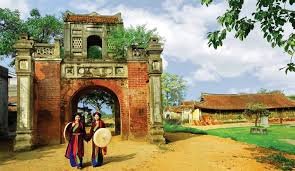
Viet Yen Bac Giang might not be an ideal place for hiking in Vietnam. If you look for Viet Yen hikes, Viet Yen trekking tour, hiking Viet Yen, Bac Giang province, Viet Yen treks, you should travel to other districts of Bac Giang, or in other provinces of Vietnam. We at Hiking Vietnam Tours don’t run any trekking tour to Viet Yen district.
May 28, 2025
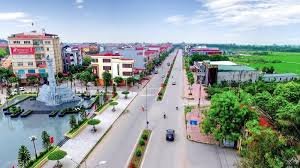
Yen Dung Bac Giang might not be an ideal place for hiking in Vietnam. If you look for Yen Dung hikes, Yen Dung trekking tour, hiking Yen Dung, Bac Giang province, Yen Dung treks, you should travel to other districts of Bac Giang, or in other provinces of Vietnam. At Hiking Vietnam Tours we don’t run any trekking tour to Yen Dung district.
May 28, 2025